INITIAL ASSESSMENT OF THE TRAUMA PATIENT •



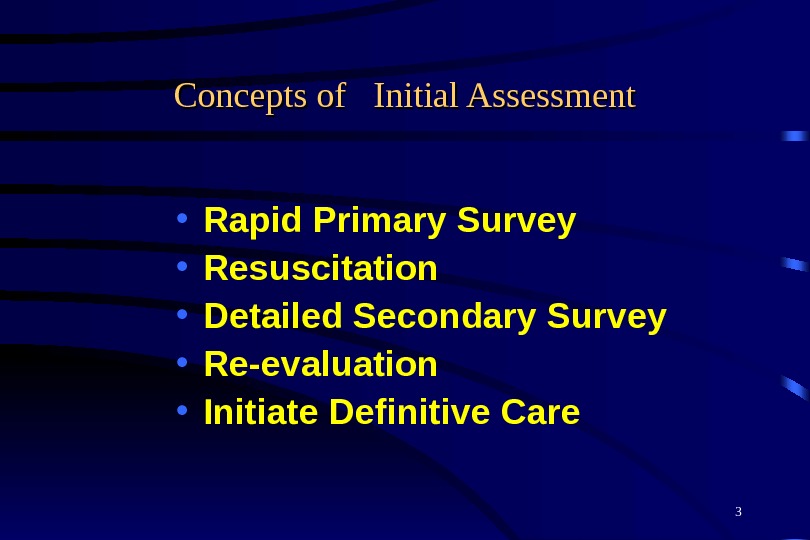

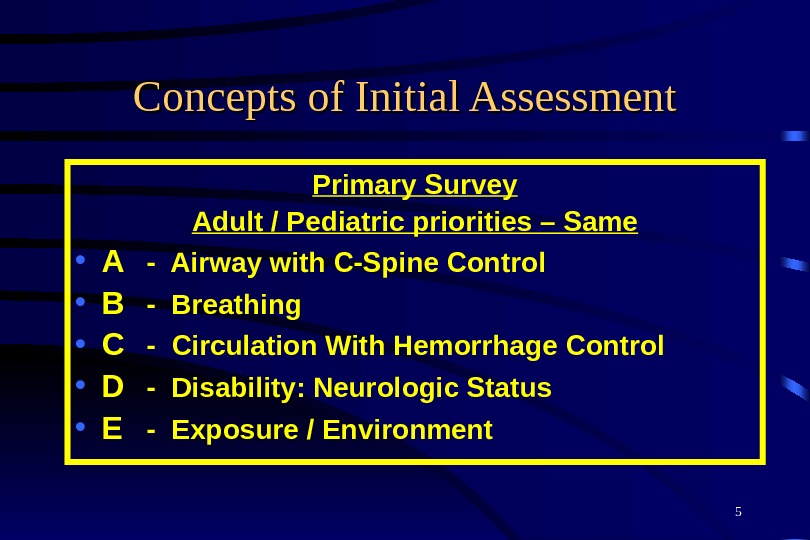
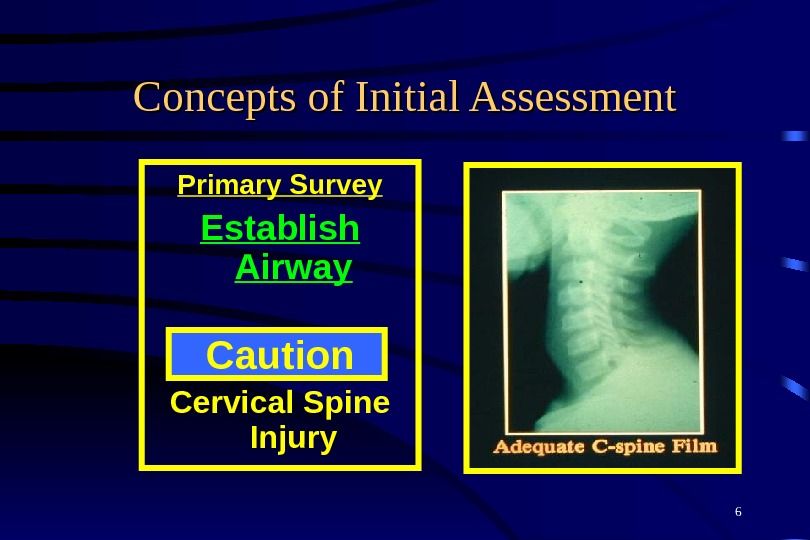
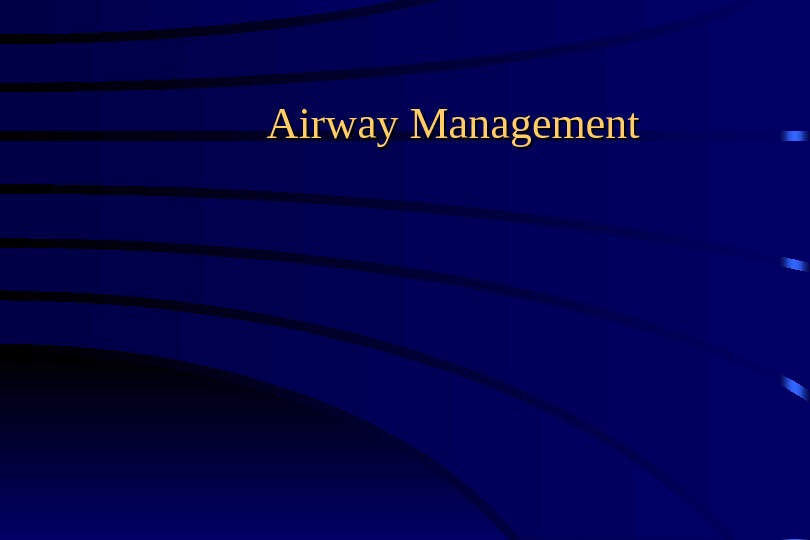
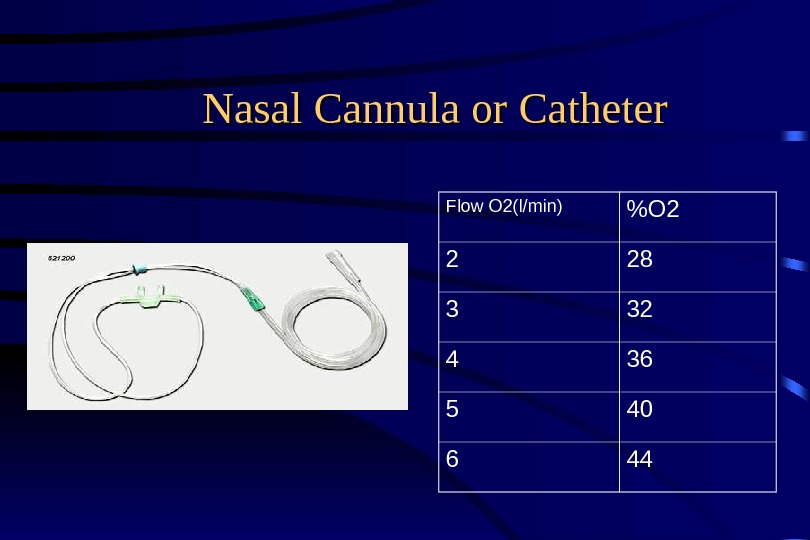
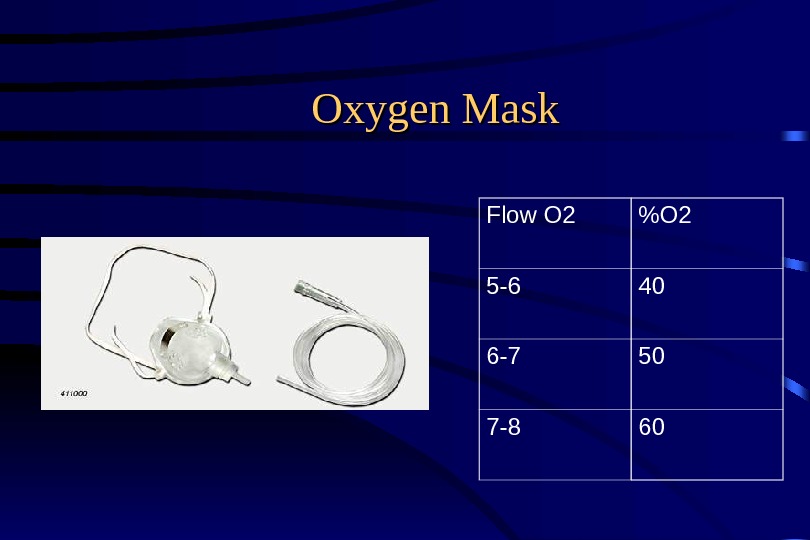
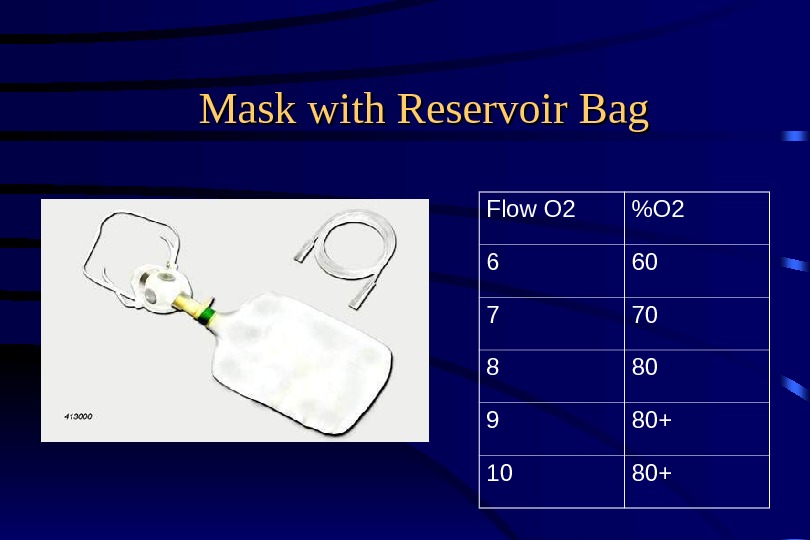
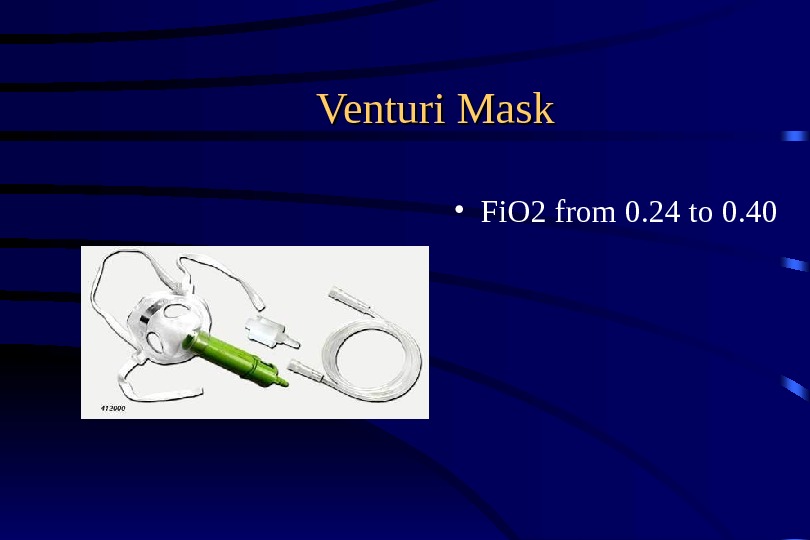
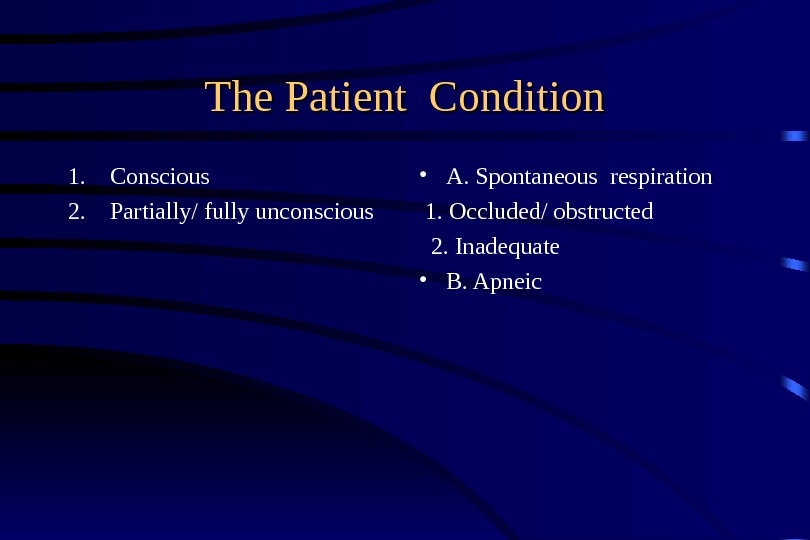
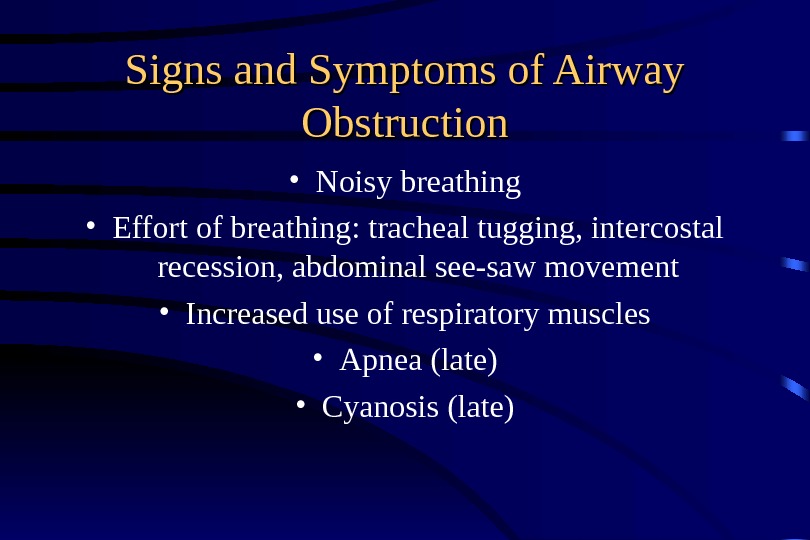
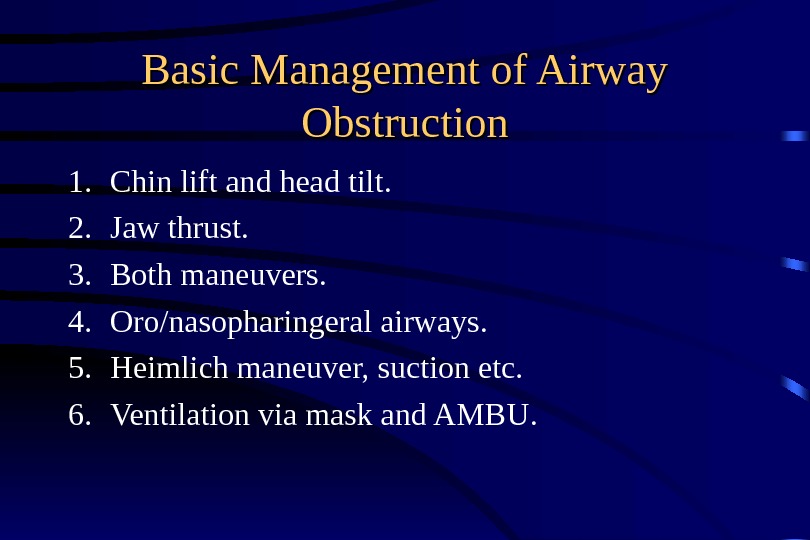
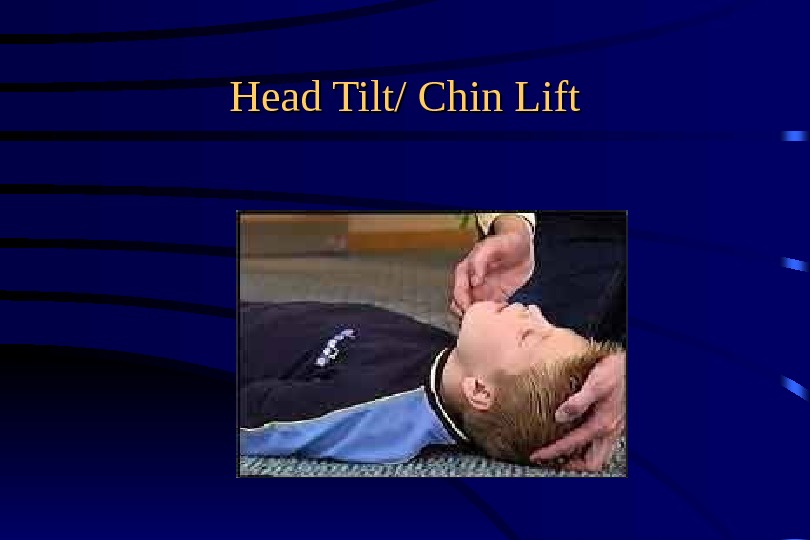
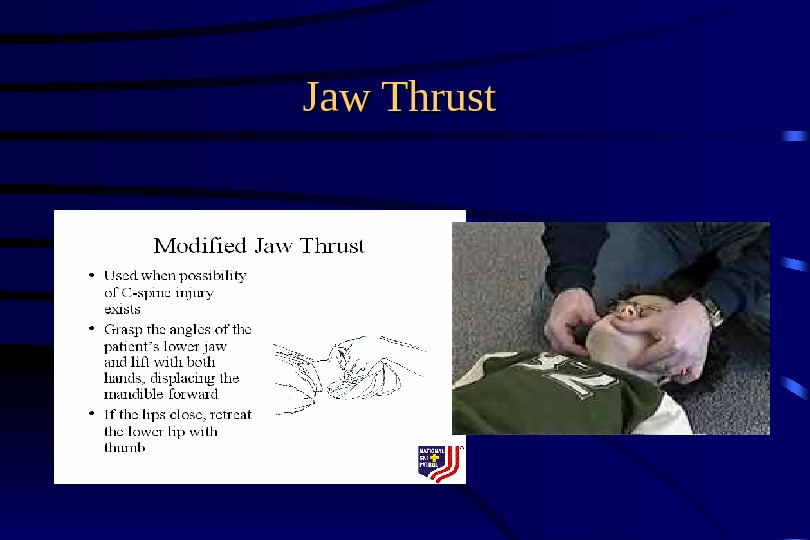
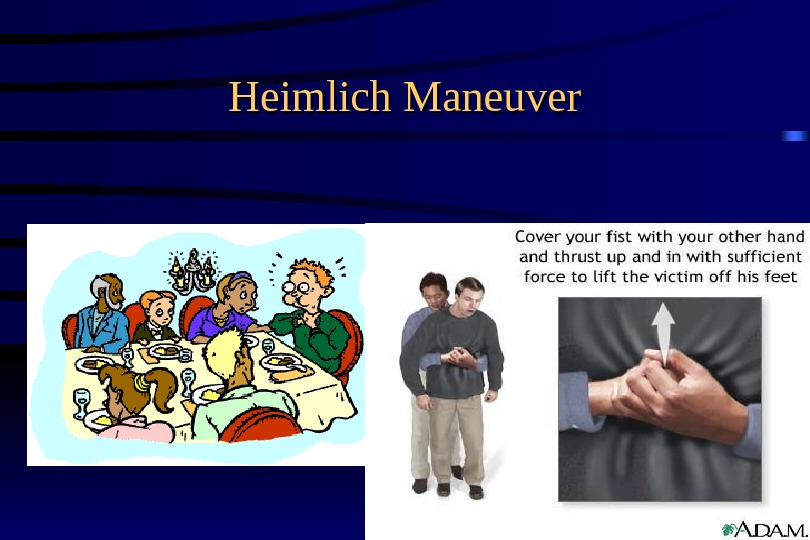
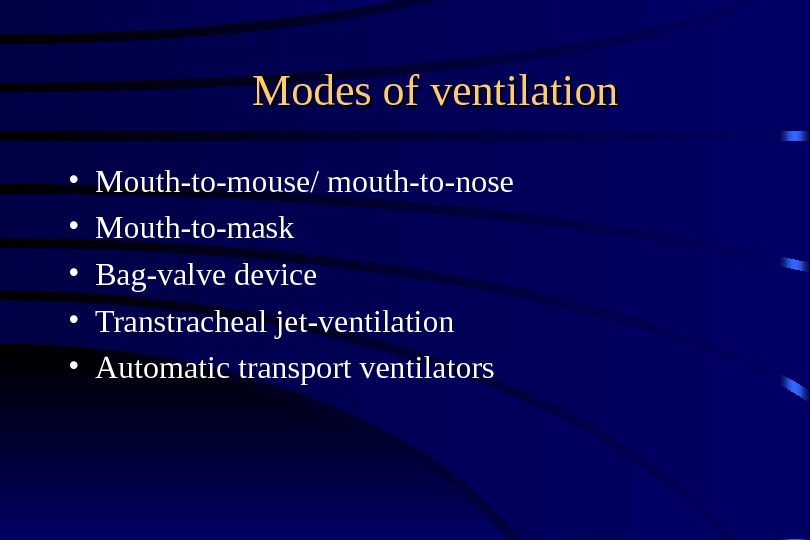
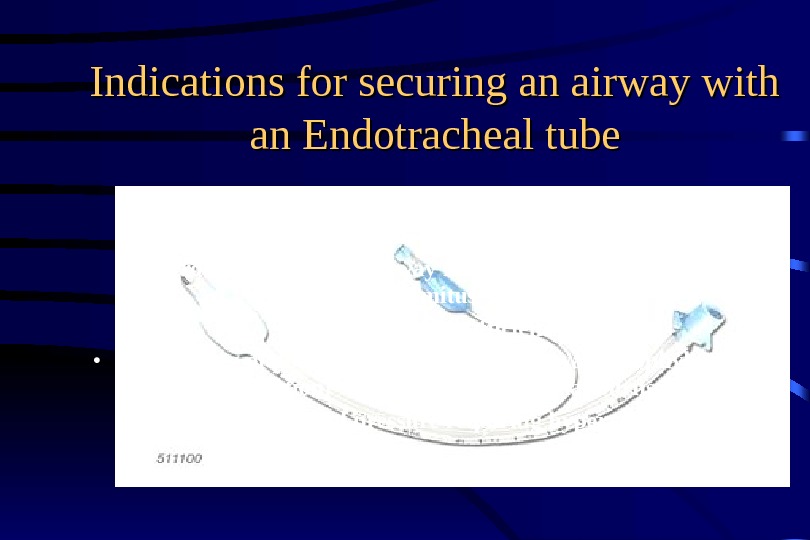
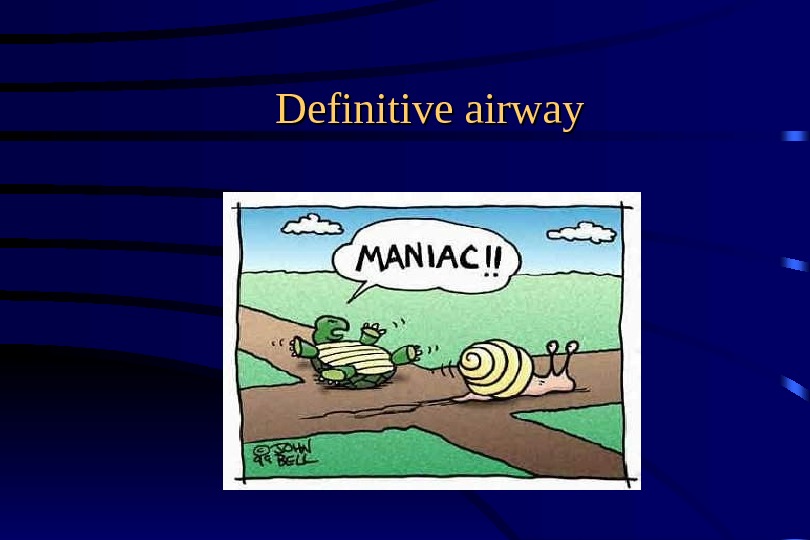

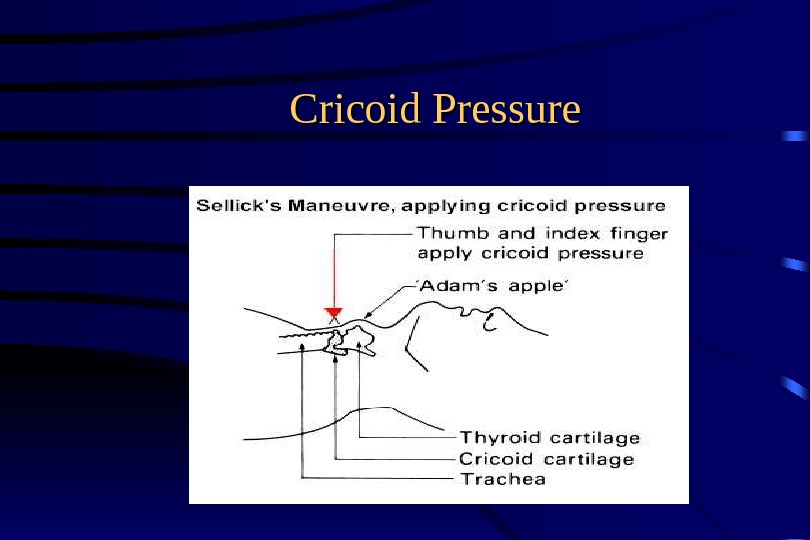
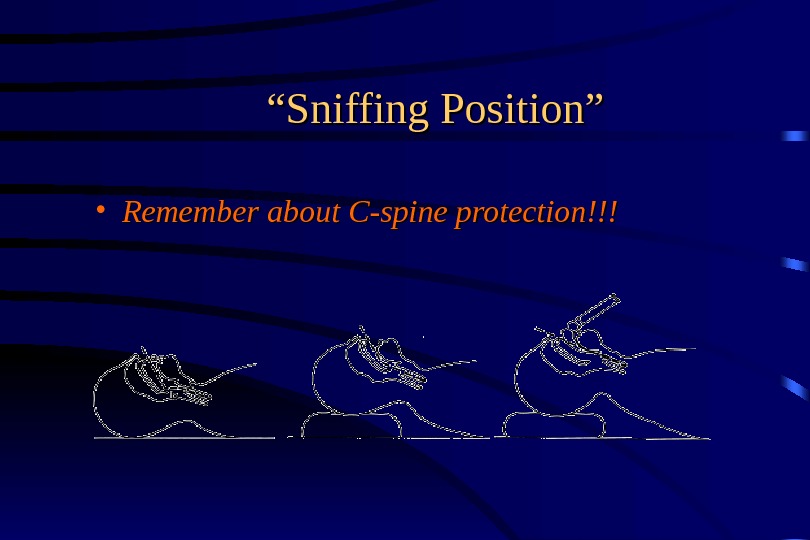
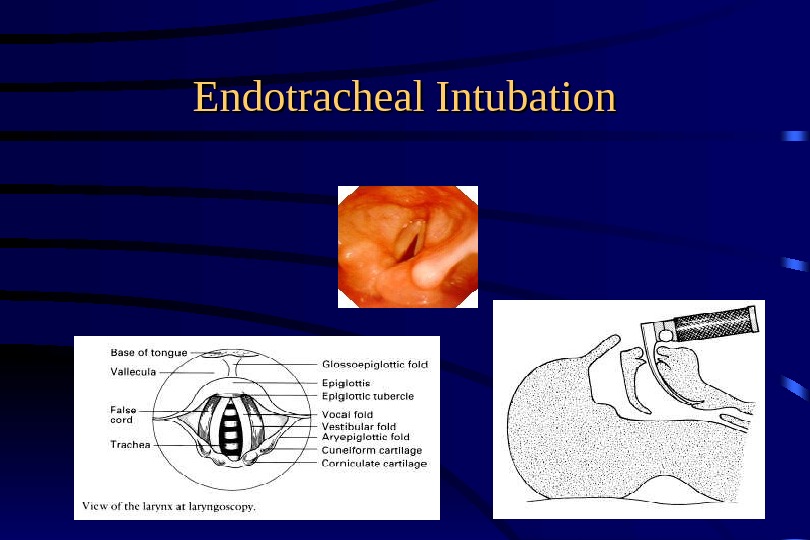
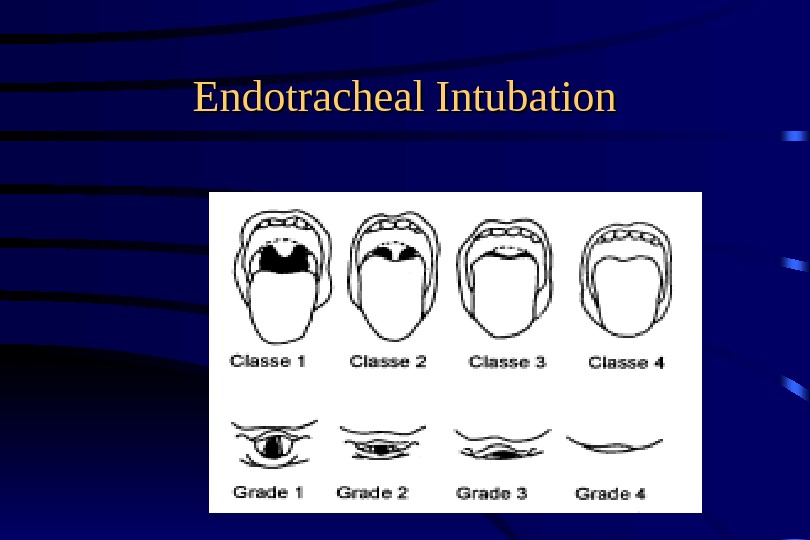
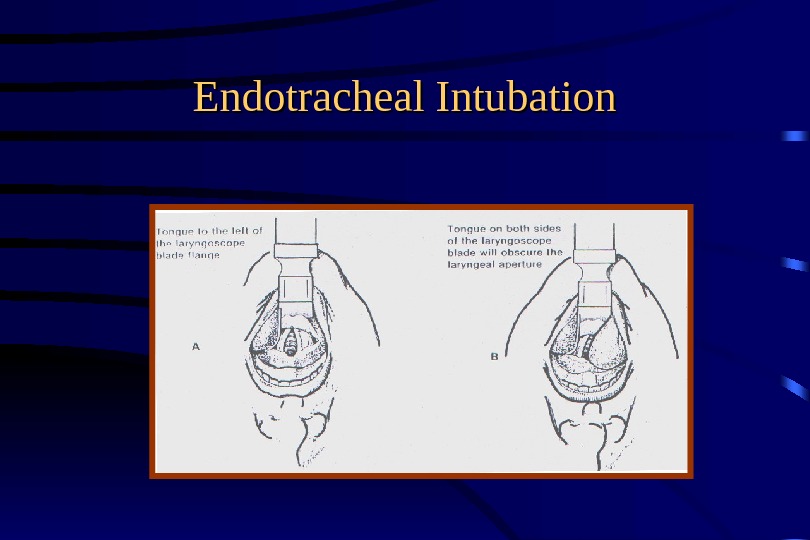

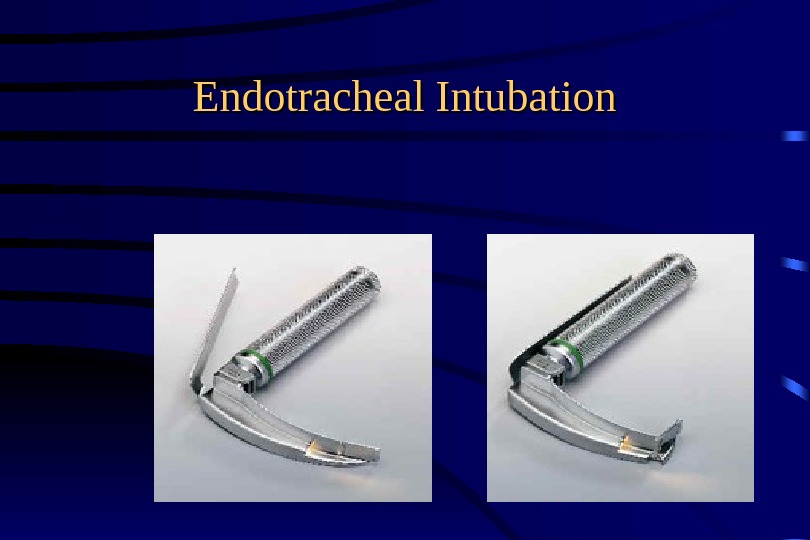
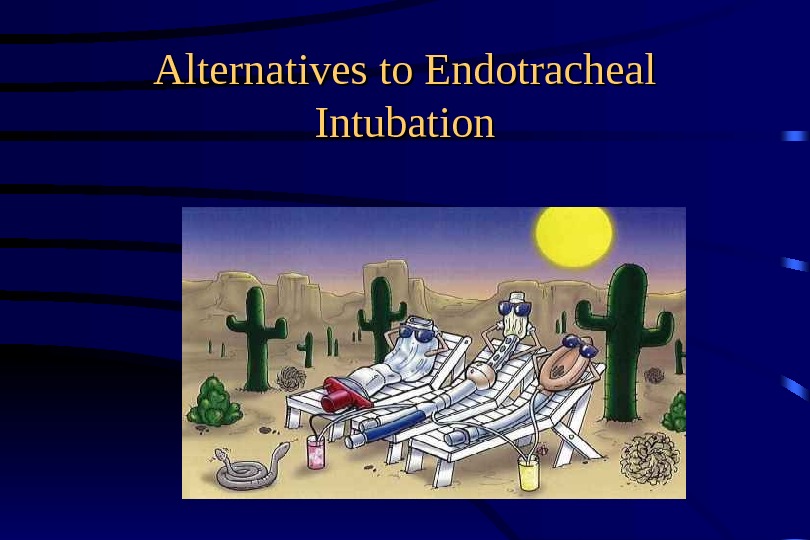
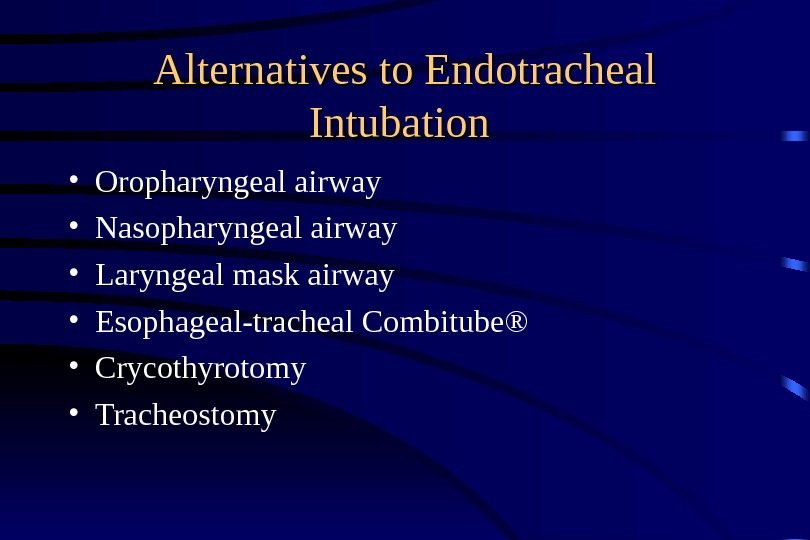
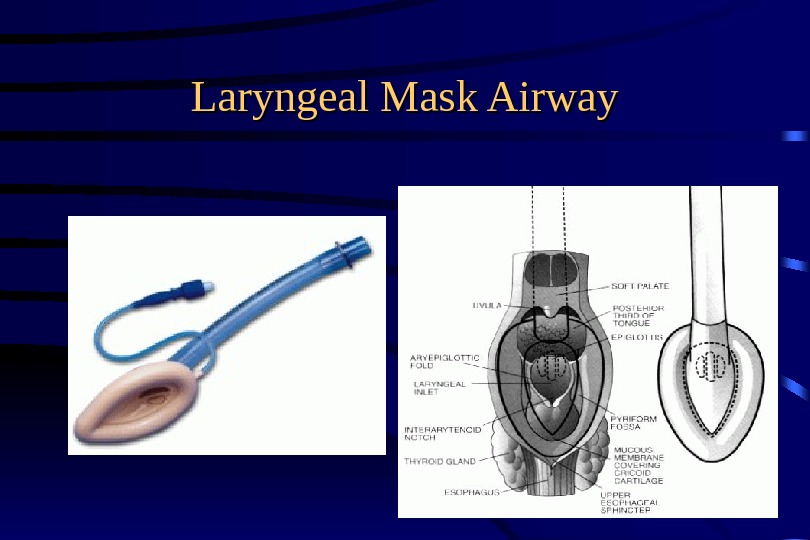
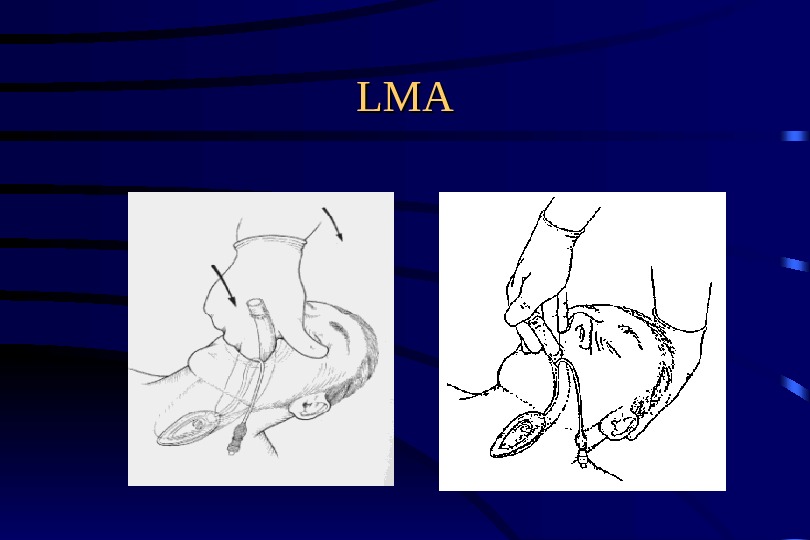
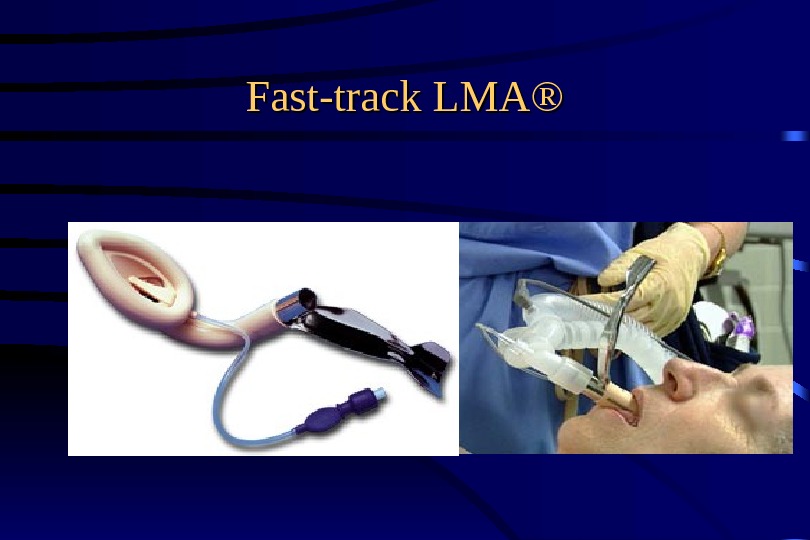
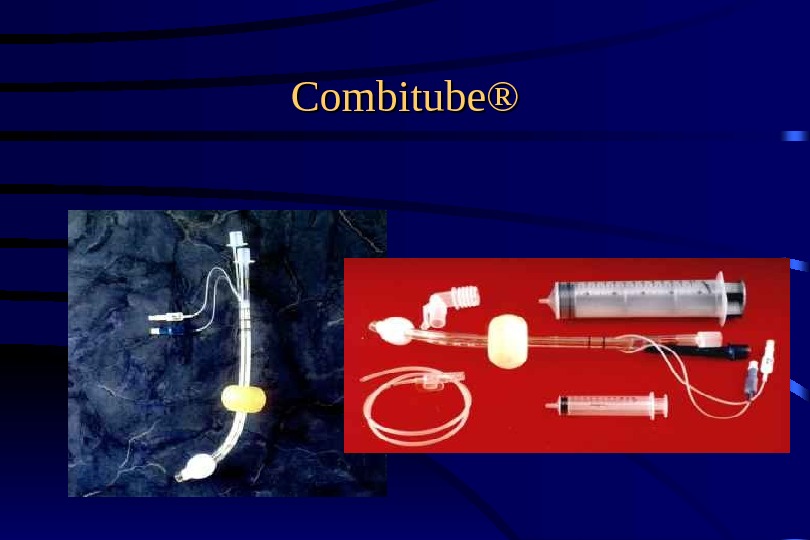
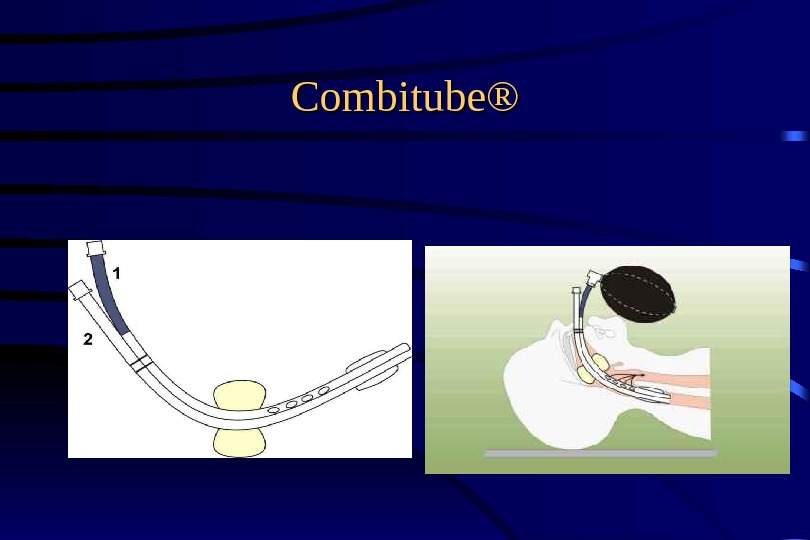
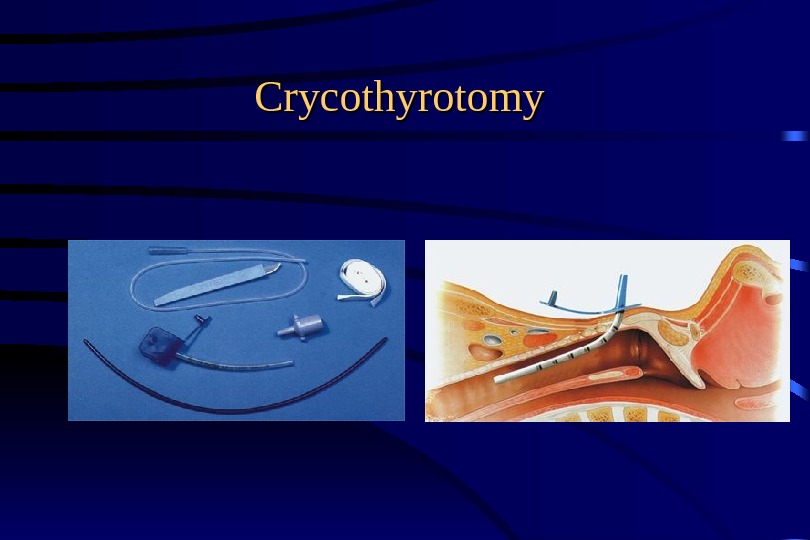
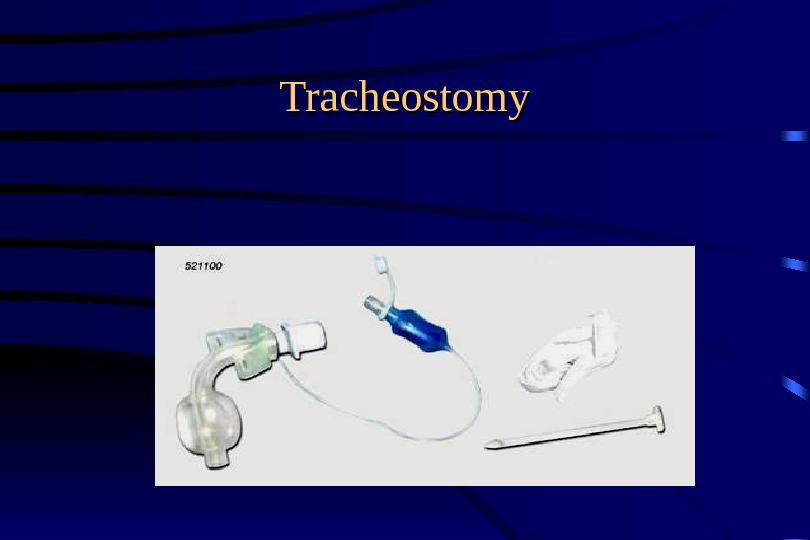
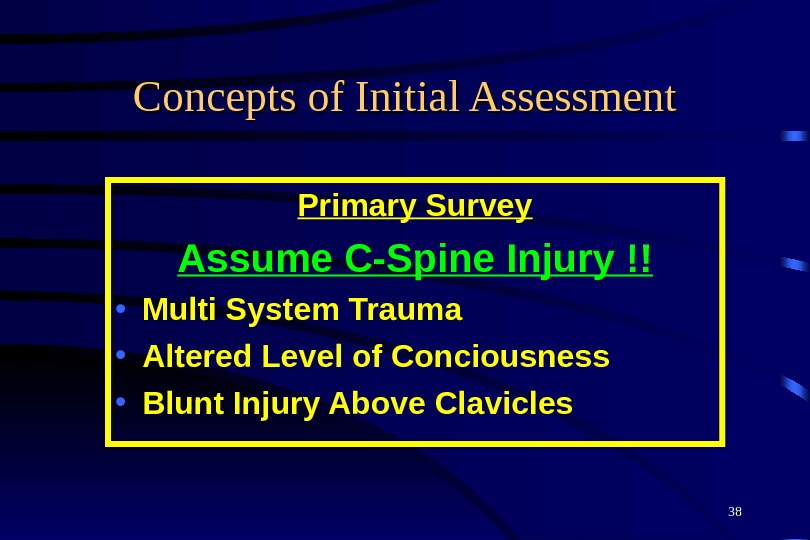



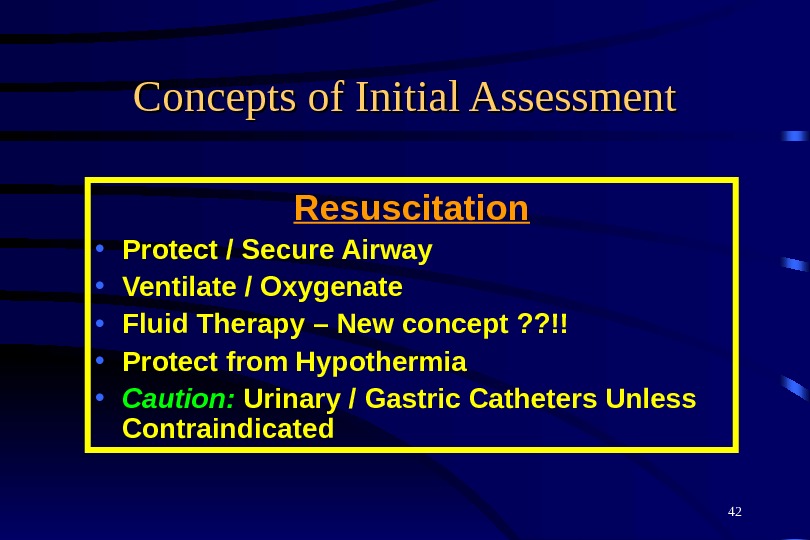
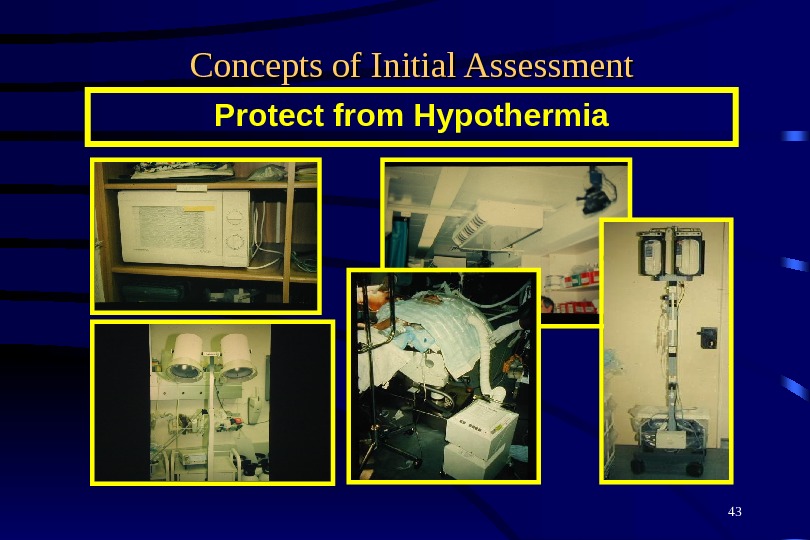
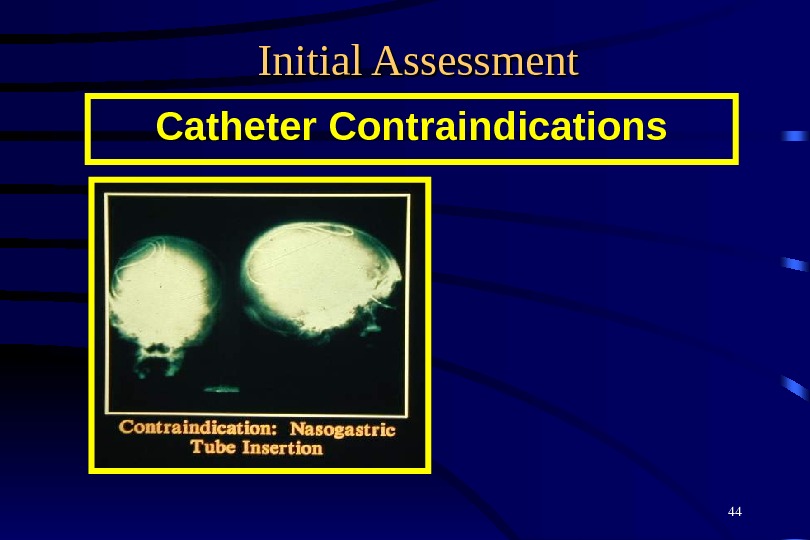
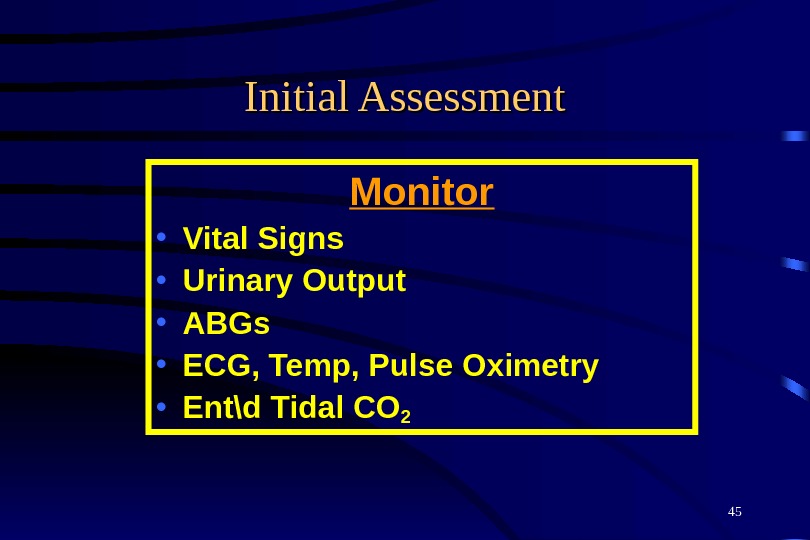
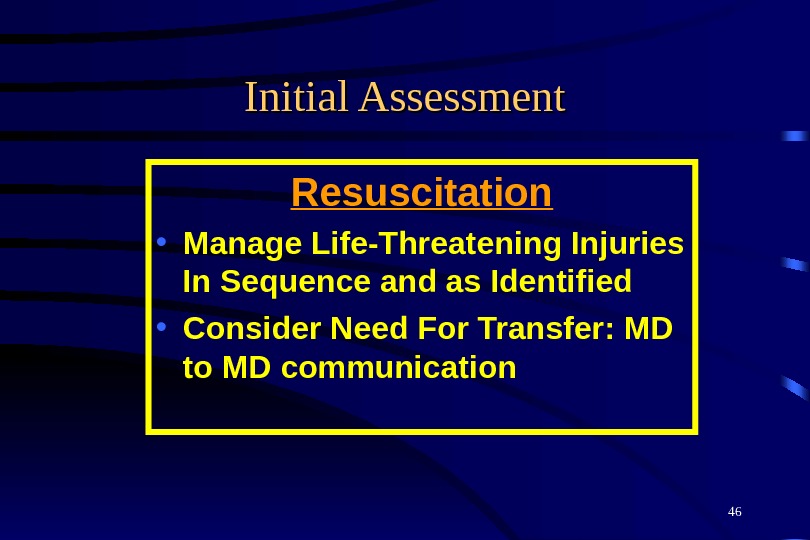

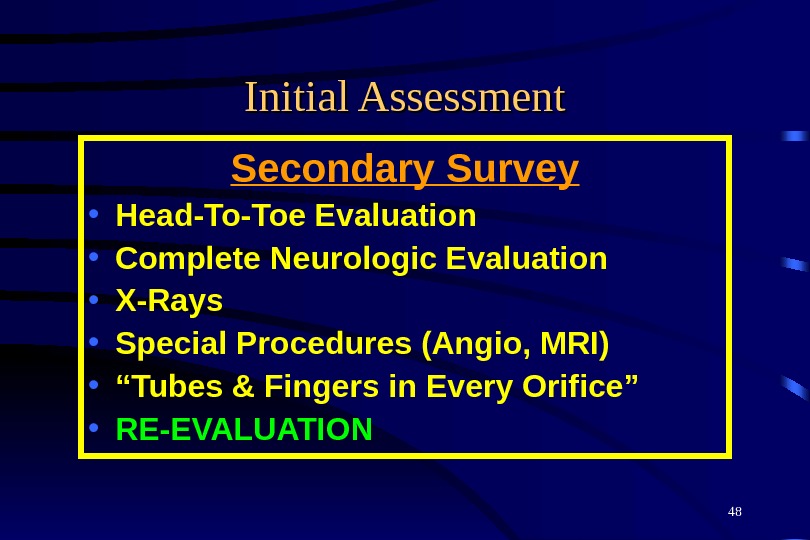
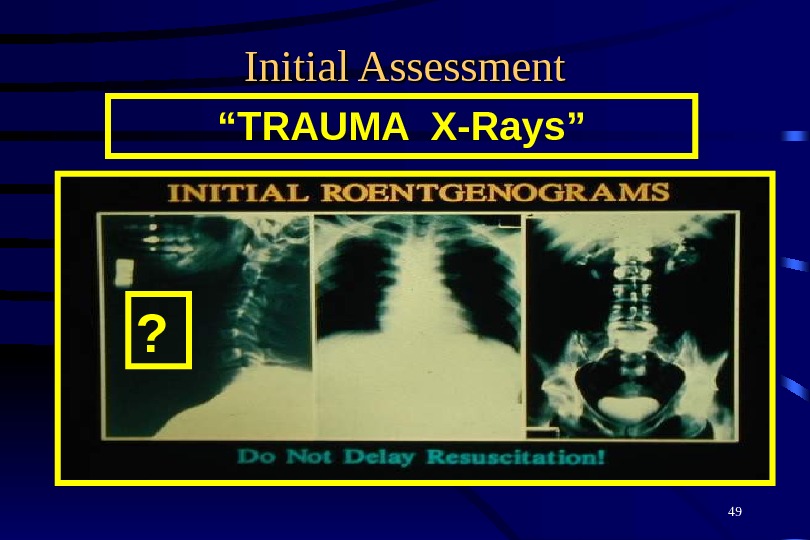
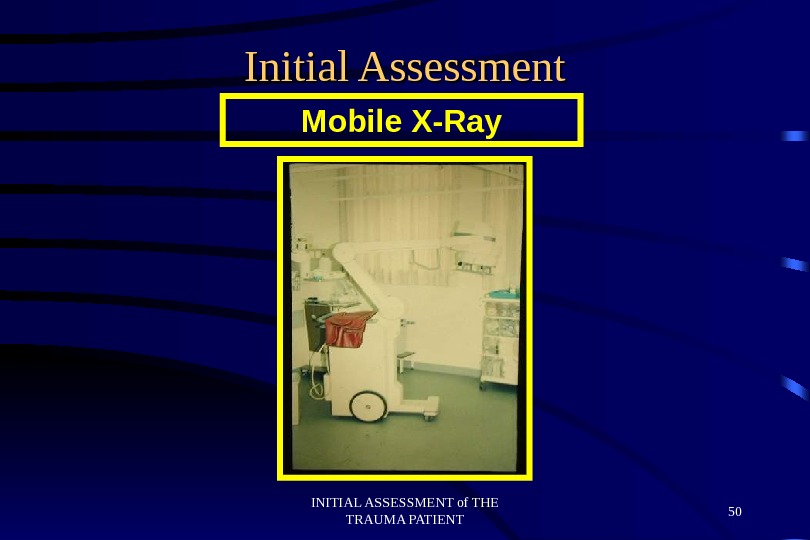




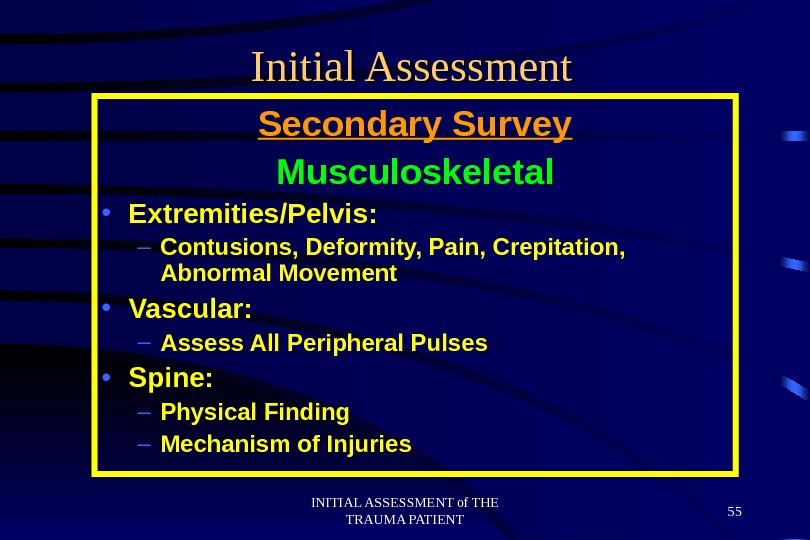

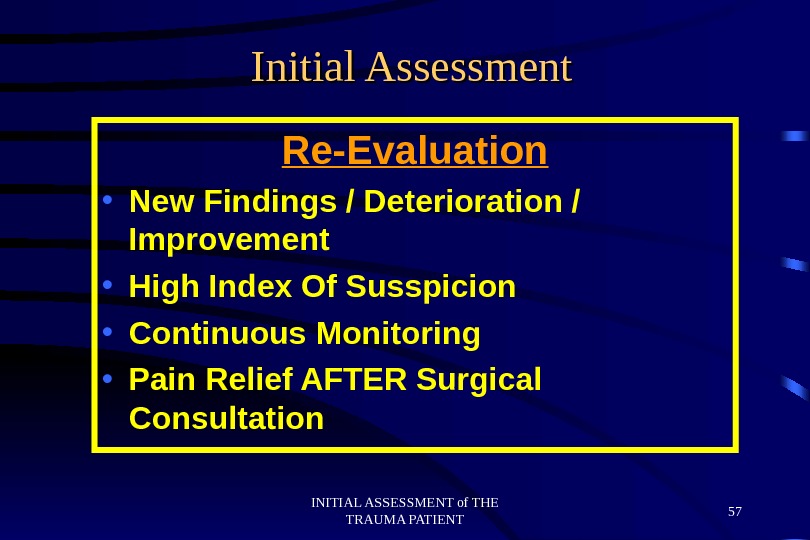
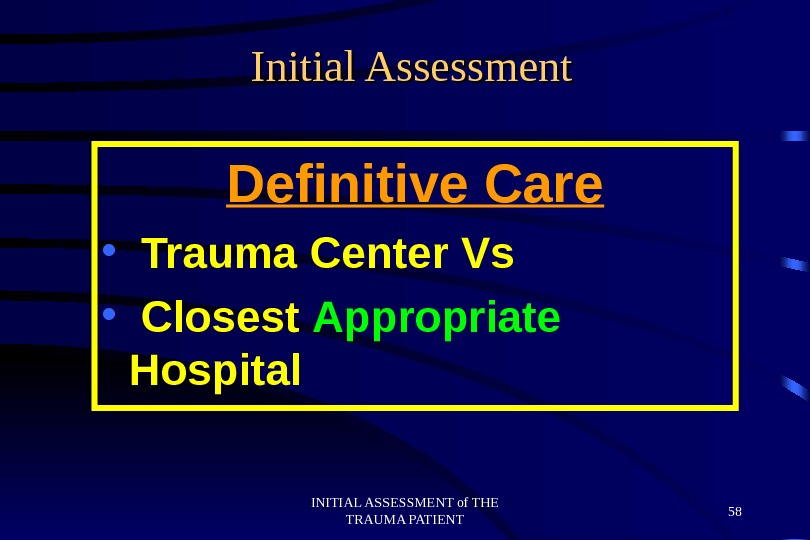
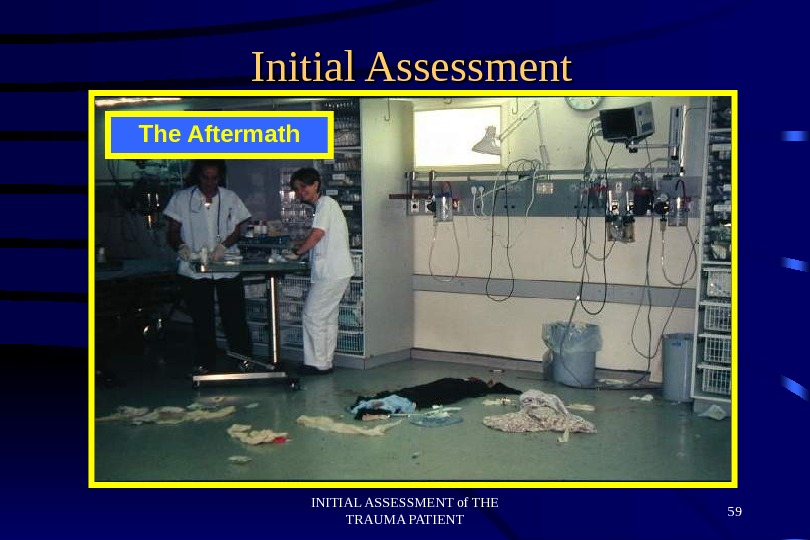
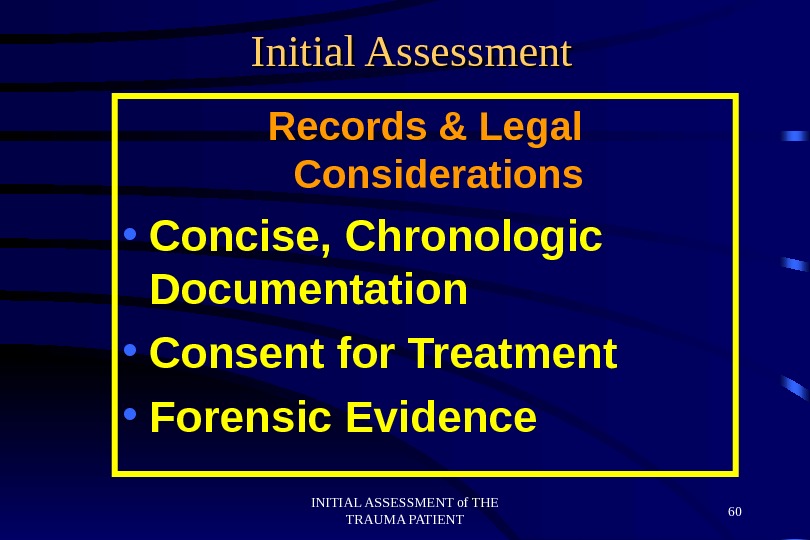
initial_assessment_of_the_trauma_patient2011.ppt
- Размер: 1.6 Mегабайта
- Количество слайдов: 60
Описание презентации INITIAL ASSESSMENT OF THE TRAUMA PATIENT • по слайдам
 INITIAL ASSESSMENT OF THE TRAUMA PATIENT • Rambam Medical Center • Dr Nordkin Dmitri
INITIAL ASSESSMENT OF THE TRAUMA PATIENT • Rambam Medical Center • Dr Nordkin Dmitri
 2 The TRAUMA TEAM
2 The TRAUMA TEAM
 3 Concepts of Initial Assessment • Rapid Primary Survey • Resuscitation • Detailed Secondary Survey • Re-evaluation • Initiate Definitive Care
3 Concepts of Initial Assessment • Rapid Primary Survey • Resuscitation • Detailed Secondary Survey • Re-evaluation • Initiate Definitive Care
 4 Concepts of Initial Assessment Triage Sorting of Patients According to ABCs and Available Resources
4 Concepts of Initial Assessment Triage Sorting of Patients According to ABCs and Available Resources
 5 Concepts of Initial Assessment Primary Survey Adult / Pediatric priorities – Same • A — Airway with C-Spine Control • B — Breathing • C — Circulation With Hemorrhage Control • D — Disability: Neurologic Status • E — Exposure / Environment
5 Concepts of Initial Assessment Primary Survey Adult / Pediatric priorities – Same • A — Airway with C-Spine Control • B — Breathing • C — Circulation With Hemorrhage Control • D — Disability: Neurologic Status • E — Exposure / Environment
 6 Concepts of Initial Assessment Primary Survey Establish Airway Caution Cervical Spine Injury
6 Concepts of Initial Assessment Primary Survey Establish Airway Caution Cervical Spine Injury
 Airway Management
Airway Management
 Nasal Cannula or Catheter Flow O 2(l/min) %O
Nasal Cannula or Catheter Flow O 2(l/min) %O
 Oxygen Mask Flow O 2 %O 2 5 -6 40 6 -7 50 7 —
Oxygen Mask Flow O 2 %O 2 5 -6 40 6 -7 50 7 —
 Mask with Reservoir Bag Flow O 2 %O 2 6 60 7 70 8 80 9 80+ 10 80+
Mask with Reservoir Bag Flow O 2 %O 2 6 60 7 70 8 80 9 80+ 10 80+
 Venturi Mask • Fi. O 2 from 0. 24 to 0.
Venturi Mask • Fi. O 2 from 0. 24 to 0.
 The Patient Condition 1. Conscious 2. Partially/ fully unconscious • A. Spontaneous respiration 1. Occluded/ obstructed 2. Inadequate • B. Apneic
The Patient Condition 1. Conscious 2. Partially/ fully unconscious • A. Spontaneous respiration 1. Occluded/ obstructed 2. Inadequate • B. Apneic
 Signs and Symptoms of Airway Obstruction • Noisy breathing • Effort of breathing: tracheal tugging, intercostal recession, abdominal see-saw movement • Increased use of respiratory muscles • Apnea (late) • Cyanosis (late)
Signs and Symptoms of Airway Obstruction • Noisy breathing • Effort of breathing: tracheal tugging, intercostal recession, abdominal see-saw movement • Increased use of respiratory muscles • Apnea (late) • Cyanosis (late)
 Basic Management of Airway Obstruction 1. Chin lift and head tilt. 2. Jaw thrust. 3. Both maneuvers. 4. Oro/nasopharingeral airways. 5. Heimlich maneuver, suction etc. 6. Ventilation via mask and AMBU.
Basic Management of Airway Obstruction 1. Chin lift and head tilt. 2. Jaw thrust. 3. Both maneuvers. 4. Oro/nasopharingeral airways. 5. Heimlich maneuver, suction etc. 6. Ventilation via mask and AMBU.
 Head Tilt/ Chin Lift
Head Tilt/ Chin Lift
 Jaw Thrust
Jaw Thrust
 Heimlich Maneuver
Heimlich Maneuver
 Modes of ventilation • Mouth-to-mouse/ mouth-to-nose • Mouth-to-mask • Bag-valve device • Transtracheal jet-ventilation • Automatic transport ventilators
Modes of ventilation • Mouth-to-mouse/ mouth-to-nose • Mouth-to-mask • Bag-valve device • Transtracheal jet-ventilation • Automatic transport ventilators
 Indications for securing an airway with an Endotracheal tube • Apnea • Obstruction of upper airway • Protection of lower airway from soiling with blood or vomitus • Respiratory insufficiency • Impending of potential compromise of airway (prophylactic intubation)- for example, after facial burns • Raised intracranial pressure requiring hyperventilation
Indications for securing an airway with an Endotracheal tube • Apnea • Obstruction of upper airway • Protection of lower airway from soiling with blood or vomitus • Respiratory insufficiency • Impending of potential compromise of airway (prophylactic intubation)- for example, after facial burns • Raised intracranial pressure requiring hyperventilation
 Definitive airway
Definitive airway
 The technique for rapid- sequence intubation is as follows: 1. Preoxygenate the patient with 100% oxygen 2. Apply pressure over the cricoid cartilage 3. Administer 1 -2 mg/kg succinylcholine I. v. 4. After the patient relaxes, intubate the patient orotracheally 5. Inflate the cuff and confirm tube placement (auscultate the patient’s chest and determine of CO 2 in exhaled air) 6. Release cricoid pressure 7. Ventilate the patient
The technique for rapid- sequence intubation is as follows: 1. Preoxygenate the patient with 100% oxygen 2. Apply pressure over the cricoid cartilage 3. Administer 1 -2 mg/kg succinylcholine I. v. 4. After the patient relaxes, intubate the patient orotracheally 5. Inflate the cuff and confirm tube placement (auscultate the patient’s chest and determine of CO 2 in exhaled air) 6. Release cricoid pressure 7. Ventilate the patient
 Cricoid Pressure
Cricoid Pressure
 ““ Sniffing Position” • Remember about C-spine protection!!!
““ Sniffing Position” • Remember about C-spine protection!!!
 Endotracheal Intubation
Endotracheal Intubation
 Endotracheal Intubation
Endotracheal Intubation
 Endotracheal Intubation
Endotracheal Intubation
 Endotracheal Intubation
Endotracheal Intubation
 Endotracheal Intubation
Endotracheal Intubation
 Alternatives to Endotracheal Intubation
Alternatives to Endotracheal Intubation
 Alternatives to Endotracheal Intubation • Oropharyngeal airway • Nasopharyngeal airway • Laryngeal mask airway • Esophageal-tracheal Combitube® • Crycothyrotomy • Tracheostomy
Alternatives to Endotracheal Intubation • Oropharyngeal airway • Nasopharyngeal airway • Laryngeal mask airway • Esophageal-tracheal Combitube® • Crycothyrotomy • Tracheostomy
 Laryngeal Mask Airway
Laryngeal Mask Airway
 LMALM
LMALM
 Fast-track LMA®
Fast-track LMA®
 Combitube®
Combitube®
 Combitube®
Combitube®
 Crycothyrotomy
Crycothyrotomy
 Tracheostomy
Tracheostomy
 38 Concepts of Initial Assessment Primary Survey Assume C-Spine Injury !! • Multi System Trauma • Altered Level of Conciousness • Blunt Injury Above Clavicles
38 Concepts of Initial Assessment Primary Survey Assume C-Spine Injury !! • Multi System Trauma • Altered Level of Conciousness • Blunt Injury Above Clavicles
 39 Concepts of Initial Assessment Primary Survey Circulation • Assess Blood Volume Loss and Cardiac Output • Level of Cociousness • Skin Color • Pulse
39 Concepts of Initial Assessment Primary Survey Circulation • Assess Blood Volume Loss and Cardiac Output • Level of Cociousness • Skin Color • Pulse
 40 Concepts of Initial Assessment Primary Survey Disability: Neurological Evaluation • Level of Conciousness – A — Alert – V – Response To Voice – P — Response To Pain – U — Unresponsive • Pupils
40 Concepts of Initial Assessment Primary Survey Disability: Neurological Evaluation • Level of Conciousness – A — Alert – V – Response To Voice – P — Response To Pain – U — Unresponsive • Pupils
 41 Concepts of Initial Assessment Primary Survey Exposure / Environment • Undress Pt Completely • Protect from Hypothermia
41 Concepts of Initial Assessment Primary Survey Exposure / Environment • Undress Pt Completely • Protect from Hypothermia
 42 Concepts of Initial Assessment Resuscitation • Protect / Secure Airway • Ventilate / Oxygenate • Fluid Therapy – New concept ? ? !! • Protect from Hypothermia • Caution: Urinary / Gastric Catheters Unless Contraindicated
42 Concepts of Initial Assessment Resuscitation • Protect / Secure Airway • Ventilate / Oxygenate • Fluid Therapy – New concept ? ? !! • Protect from Hypothermia • Caution: Urinary / Gastric Catheters Unless Contraindicated
 43 Concepts of Initial Assessment Protect from Hypothermia
43 Concepts of Initial Assessment Protect from Hypothermia
 44 Initial Assessment Catheter Contraindications
44 Initial Assessment Catheter Contraindications
 45 Initial Assessment Monitor • Vital Signs • Urinary Output • ABGs • ECG, Temp, Pulse Oximetry • Ent\d Tidal CO
45 Initial Assessment Monitor • Vital Signs • Urinary Output • ABGs • ECG, Temp, Pulse Oximetry • Ent\d Tidal CO
 46 Initial Assessment Resuscitation • Manage Life-Threatening Injuries In Sequence and as Identified • Consider Need For Transfer: MD to MD communication
46 Initial Assessment Resuscitation • Manage Life-Threatening Injuries In Sequence and as Identified • Consider Need For Transfer: MD to MD communication
 47 Initial Assessment Before 2 ry Survey • Complete 1 ry Survey • Initiate Resuscitation • Reassess ABGs
47 Initial Assessment Before 2 ry Survey • Complete 1 ry Survey • Initiate Resuscitation • Reassess ABGs
 48 Initial Assessment Secondary Survey • Head-To-Toe Evaluation • Complete Neurologic Evaluation • X-Rays • Special Procedures (Angio, MRI) • “ Tubes & Fingers in Every Orifice” • RE-EVALUATION
48 Initial Assessment Secondary Survey • Head-To-Toe Evaluation • Complete Neurologic Evaluation • X-Rays • Special Procedures (Angio, MRI) • “ Tubes & Fingers in Every Orifice” • RE-EVALUATION
 49 Initial Assessment “ TRAUMA X-Rays” ?
49 Initial Assessment “ TRAUMA X-Rays” ?
 INITIAL ASSESSMENT of THE TRAUMA PATIENT 50 Initial Assessment Mobile X-Ray
INITIAL ASSESSMENT of THE TRAUMA PATIENT 50 Initial Assessment Mobile X-Ray
 INITIAL ASSESSMENT of THE TRAUMA PATIENT 51 Initial Assessment A, B, C, D, E and U (ultra sound)
INITIAL ASSESSMENT of THE TRAUMA PATIENT 51 Initial Assessment A, B, C, D, E and U (ultra sound)
 INITIAL ASSESSMENT of THE TRAUMA PATIENT 52 Initial Assessment Secondary Survey • Mechanism Of Injury: BLUNT – Direction of Impact Determines Injury Patterns – History / Description of Events – Age Factors
INITIAL ASSESSMENT of THE TRAUMA PATIENT 52 Initial Assessment Secondary Survey • Mechanism Of Injury: BLUNT – Direction of Impact Determines Injury Patterns – History / Description of Events – Age Factors
 INITIAL ASSESSMENT of THE TRAUMA PATIENT 53 Initial Assessment Secondary Survey • Mechanism Of Injury: Penetrating – Anatomic Factors – Energy Transfer Factors • Velocity and Caliber of Bullet • Trajectory • Distance
INITIAL ASSESSMENT of THE TRAUMA PATIENT 53 Initial Assessment Secondary Survey • Mechanism Of Injury: Penetrating – Anatomic Factors – Energy Transfer Factors • Velocity and Caliber of Bullet • Trajectory • Distance
 INITIAL ASSESSMENT of THE TRAUMA PATIENT 54 Initial Assessment Spine X-Ray Issues
INITIAL ASSESSMENT of THE TRAUMA PATIENT 54 Initial Assessment Spine X-Ray Issues
 INITIAL ASSESSMENT of THE TRAUMA PATIENT 55 Initial Assessment Secondary Survey Musculoskeletal • Extremities/Pelvis: – Contusions, Deformity, Pain, Crepitation, Abnormal Movement • Vascular: – Assess All Peripheral Pulses • Spine: – Physical Finding – Mechanism of Injuries
INITIAL ASSESSMENT of THE TRAUMA PATIENT 55 Initial Assessment Secondary Survey Musculoskeletal • Extremities/Pelvis: – Contusions, Deformity, Pain, Crepitation, Abnormal Movement • Vascular: – Assess All Peripheral Pulses • Spine: – Physical Finding – Mechanism of Injuries
 INITIAL ASSESSMENT of THE TRAUMA PATIENT 56 Initial Assessment Secondary Survey Neurologic • Determine GCS Score • Re-Evaluate Pupils • Sensory / Motor Evaluation • Maintain Immobilization • Prevent 2 ry CNS Injury • Early Neurosurgical Consultation
INITIAL ASSESSMENT of THE TRAUMA PATIENT 56 Initial Assessment Secondary Survey Neurologic • Determine GCS Score • Re-Evaluate Pupils • Sensory / Motor Evaluation • Maintain Immobilization • Prevent 2 ry CNS Injury • Early Neurosurgical Consultation
 INITIAL ASSESSMENT of THE TRAUMA PATIENT 57 Initial Assessment Re-Evaluation • New Findings / Deterioration / Improvement • High Index Of Susspicion • Continuous Monitoring • Pain Relief AFTER Surgical Consultation
INITIAL ASSESSMENT of THE TRAUMA PATIENT 57 Initial Assessment Re-Evaluation • New Findings / Deterioration / Improvement • High Index Of Susspicion • Continuous Monitoring • Pain Relief AFTER Surgical Consultation
 INITIAL ASSESSMENT of THE TRAUMA PATIENT 58 Initial Assessment Definitive Care • Trauma Center Vs • Closest Appropriate Hospital
INITIAL ASSESSMENT of THE TRAUMA PATIENT 58 Initial Assessment Definitive Care • Trauma Center Vs • Closest Appropriate Hospital
 INITIAL ASSESSMENT of THE TRAUMA PATIENT 59 Initial Assessment The Aftermath
INITIAL ASSESSMENT of THE TRAUMA PATIENT 59 Initial Assessment The Aftermath
 INITIAL ASSESSMENT of THE TRAUMA PATIENT 60 Initial Assessment Records & Legal Considerations • Concise, Chronologic Documentation • Consent for Treatment • Forensic Evidence
INITIAL ASSESSMENT of THE TRAUMA PATIENT 60 Initial Assessment Records & Legal Considerations • Concise, Chronologic Documentation • Consent for Treatment • Forensic Evidence

